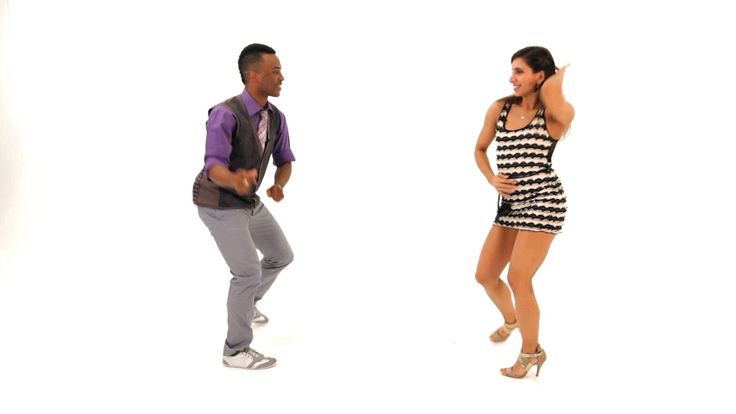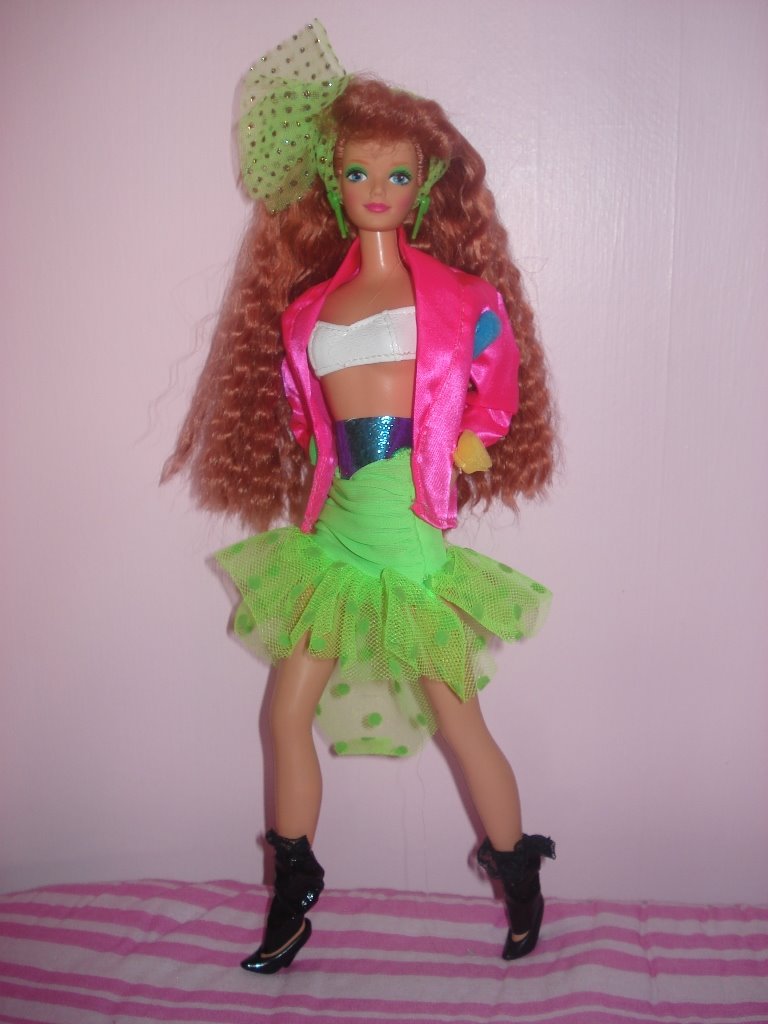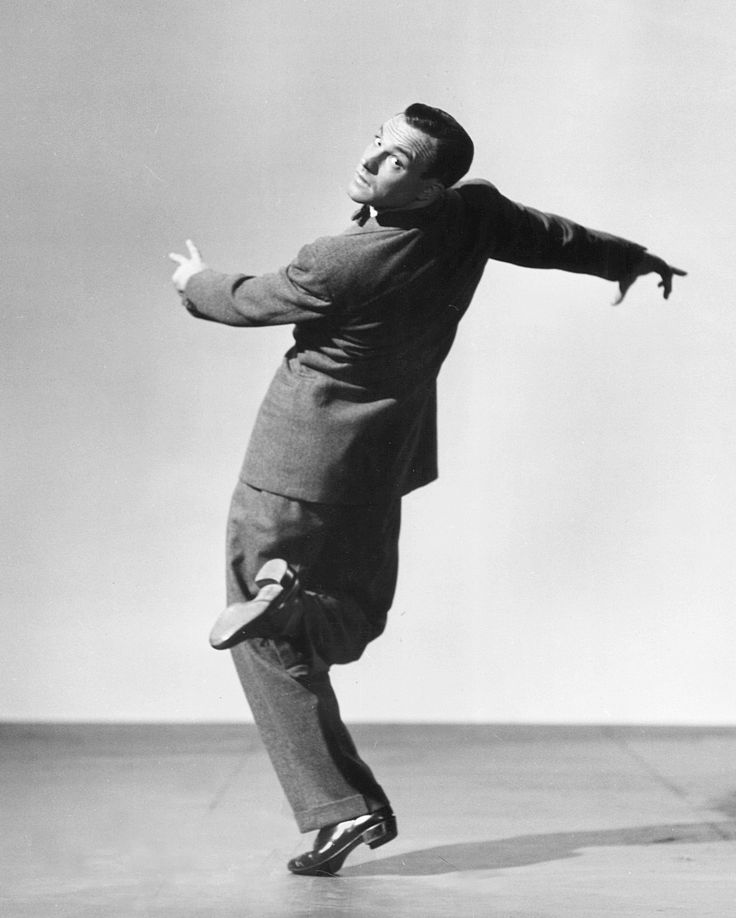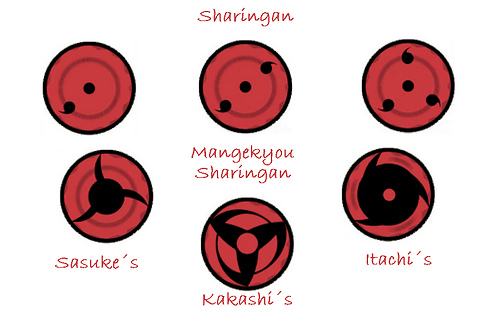How to dance merengue alone
How to Dance Merengue: A Beginner Dance Guide
Do you want to learn how to dance Merengue?
Merengue by JavierThe Merengue is a sensual Latin dance with a history dating back to the African slaves of the nineteenth century.
It is fair to say that Merengue doesn’t have as much as a following of other Latin dances for a very outdated reason.
Even though it is now considered a popular social dance in the Caribbean, for a long time it had a stigma attached to it.
The African-inspired drumbeat of the Merengue music meant it was viewed as improper.
Table of Contents
1
How to Dance Merengue
With risqué lyrics, Merengue only became popular due to the west becoming more secular with its ideals.
It became the official dance of the Dominican Republic, but why did it beat Bachata to become the official dance?
History of Merengue
Of the two popular stories as to how Merengue began, the most popular is rooted in the history of slavery.
Allegedly, the dance originated with the leg dragging due to slaves being in chains as they cut sugar to the beat of drums.
Merengue exhibit by timsackton (CC BY-SA)Another story about the origins of the dance is that a great hero of a Dominican Republic revolution had been wounded in the leg.
During celebrations, his dancing involved a dragging leg, which other citizens decided to imitate out of sympathy.
Merengue is in fact named after the sweet dessert food due to the light and frothy character of the dance and its short and precise rhythms.
In Haiti, it’s also known as Mereng, where it’s also considered a staple in its culture and history.
Many Dominicans never cite the aforementioned stories as the origin of Merengue but from a program shown on TV known as “SANTO DOMINGO INVITA”.
It’s most likely true that many Dominicans were exposed to the dance through this well-known TV show, but the origins date back further than many Dominicans realize.
Merengue is basically a combination of two dances; an African tribal dance and the French Minuet, from the late 1700’s – early 1800’s.
The African slaves were influenced by the aristocratic dances they were exposed to whilst working on plantations and imitated some of the moves performed by their masters.
They provided their own knowledge of dancing and performed what could be viewed as a more enjoyable and fun translation of high society dancing. Learn from this book to get the full story!
How to Dance The Merengue
The original Merengue was not danced by individual couples but was a circle dance, each man and woman faced each other and holding hands – at arm’s length.
Africans in Dominican RepublicThey did not hold each other closely and the original movements of this dance were only the shaking of the shoulders and swift movement of the feet.
How to Dance The Merengue: Solo
March in place on every beat. If you’re following, start marching with your right foot.
If you’re leading, start marching with your left. For every count of the beat, march 1 step.
You don’t need to pick your feet up very high—about 2 to 3 inches (5.1 to 7.6 cm) is all you need to march in place.
Bend both knees slightly as you pick your feet up. To give yourself a little bounce, keep your knees bent as you make each movement.
Try not to lock your knees up, or you might look stiff. The merengue is all about fluid, even motion. Keeping your knees bent will also help you keep your steps going in one fluid motion.
Shift your weight to the foot you’re stepping down on. For each step that you take, naturally, let your hip fall down in time with your feet as you shift your weight.
Merengue danceroom by COD Newsroom (CC BY)You don’t need an excessive hip shaking or gyrating—just that natural hip movement that takes place when you shift weight. Your hips may move slightly up and down as you sway back and forth.
This motion will come naturally to you as you practice the movements more.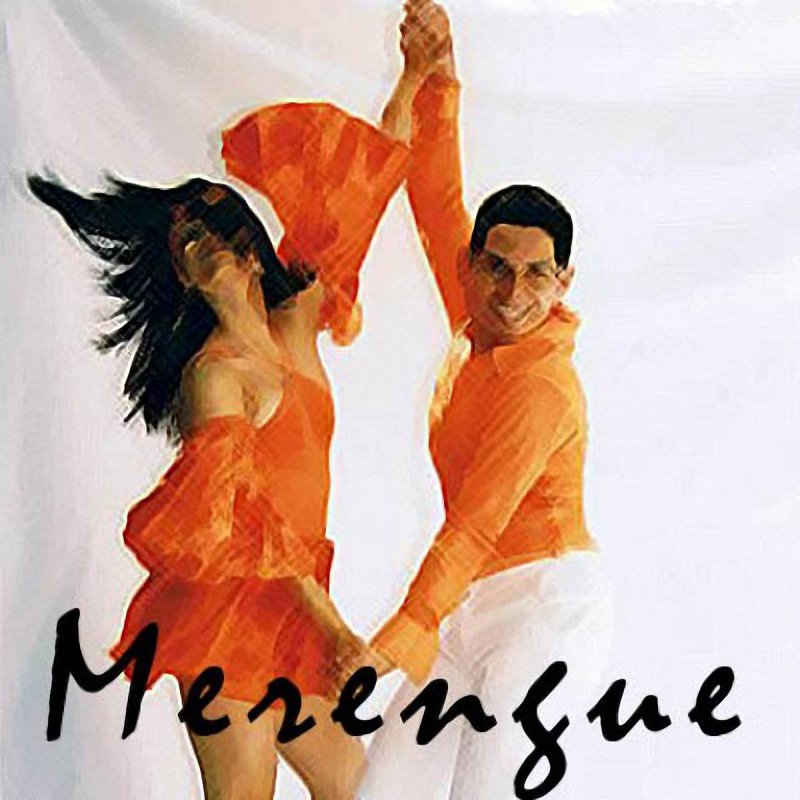
Listen to merengue music to feel the rhythm. Merengue music is all in 4/4 time, so it’s easy to apply to almost any song.
Fernando Villalona, Juan Luis Guerra, Eddy Herrera, and Toño Rosario are all artists with great merengue music you can listen to and practice with.
You can also find merengue mixes on YouTube with hours and hours of songs playing continuously.
How to Dance The Merengue: With Partner
Face your partner and stand about 3 inches (7.6 cm) apart. The merengue is a pretty intimate dance, so you’ll want to start out with someone you know pretty well.
Start by facing each other and then move in closer so there isn’t much distance between the two of you.
Put your hand on your partner’s shoulder blade. Lift both of your arms up to about shoulder-height.
If you’re the leader, put your right hand on your partner’s left shoulder blade, and if you’re the follower, put your left hand on your partner’s right shoulder blade.
Grab your partner’s freehand with your other hand. Now, put your free arm up in an L shape at about shoulder-height.
Grasp your partner’s free hand in yours for a secure hold.
Merengue College Dance by COD Newsroom (CC BY)If you’re the leading partner, you’ll raise your left hand. If you’re the follower, you’ll raise your right hand.
Travel across the floor in a circle. With this basic marching step, start moving back and forth, left and right.
If you’re the leading partner, rotate slowly in a 360-degree turn.
Take a full 8 beats to do the turn, and try not to rush your movements.
If you’re feeling groovy, take 16 counts to do the turn instead of 8.
Famous Merengue Songs
After you’ve mastered your Merengue steps, familiarize yourself with the world-famous Merengue songs?
See these world-famous Merengue songs below
- Abusadora – Oro Solido
- Esa Muchacha – Los Hermanos Rosario
- Bailar – Deorro ft.
 Elvis Crespo
Elvis Crespo - La Bilirrubina – Juan Luis Guerra
- You Burned Me – Chino and Nacho
- Es Mentiroso – Elga Tañón
You shouldn’t have any trouble impressing your friends and family with these Merengue rhythms.
How to Dance Merengue
The Merengue is one of the most popular Latin dances that most westerners aren’t aware of. It has links with the Bolero, as many Latin dances do, but this dance has a more African beat.
In actual fact, Merengue is probably the most fun dance to try out if you’re willing to give it a go.
It may be difficult to find lessons or tutors where you live, but if you have access to one, or thinking of traveling to the Dominican Republic you should definitely give it your all!
📌 Like this article? Pin it…
Missing something? Got tips, tricks & advice we can learn from?
💬 Leave a nice comment or let’s start a conversation below!
“Dear friend! Some links in this post contain affiliate links. Meaning, if you click through and make a purchase, book a hostel or sign up for a tour, I may earn a small commission at no additional cost to you. Your support means a lot and helps me to keep traveling and maintaining the quality of this site for you.”
Meaning, if you click through and make a purchase, book a hostel or sign up for a tour, I may earn a small commission at no additional cost to you. Your support means a lot and helps me to keep traveling and maintaining the quality of this site for you.”
Merenue
| Merengue on US Postage Stamp |
Merengue is sometimes called the national dance of the Dominican Republic. The Dominican Republic shares the eastern two-thirds of the Caribbean island of Hispaniola with its neighbour Haiti. Merengue music in turn shares similarities with the Haiti's Mringue or Mereng music. The Dominican Merengue is sung Spanish while the Haitian Mereng is sung in Haiti's native Creole. Merengue was also influenced by the Cuban music and dance called Upa Habanera.
Merengue has not always been considered the national dance of the Dominican Republic. Since Merengue music has strong African roots, rather than European roots, the music and dance were initially rejected by the upper class and those with European roots.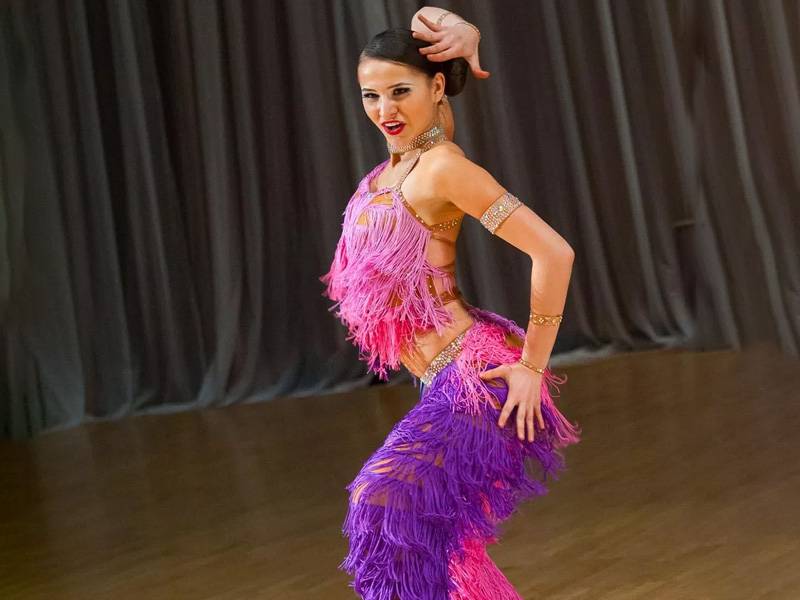 Merengue nevertheless prevailed and the the Dominican dictator (1930 - 1961) Rafael Trujillo aided in spreading its acceptance and popularity.
Merengue nevertheless prevailed and the the Dominican dictator (1930 - 1961) Rafael Trujillo aided in spreading its acceptance and popularity.
Merengue the dance and music is distinguished from the pastry meringue only by spelling. Both mean whipped egg whites and sugar in Spanish. The name appears to have been given to the music before the dance came into vogue - in a fashion similar to the use of salsa as the name of the music that bears the name.
While Merengue's popularity in the west is relatively recent, it has been the music of choice in the Dominican Republic since the mid 1800s, when it displaced the then popular Tumba as the island's favourite music. Its longevity as popular music is remarkable and its ability to stay current with the times is even more remarkable.
The origins of the dance, which followed on the heals of the introduction of the music, are surrounded by folklore. One of the basic steps is a series to side steps to the man's left called the chasse or chase. A version of this step is sometimes danced with a stiff right leg which is dragged to meet the left foot after which the left foot steps to the left repeating the sequence. This particular style is attributed to a war hero, some say a pirate, who had a wooden right leg. He would dance on the Dominican beaches and his style was soon emulated by the rest of the population.
A version of this step is sometimes danced with a stiff right leg which is dragged to meet the left foot after which the left foot steps to the left repeating the sequence. This particular style is attributed to a war hero, some say a pirate, who had a wooden right leg. He would dance on the Dominican beaches and his style was soon emulated by the rest of the population.
Authentic Native Merengue
| Merengue Party |
Authentic Merengue is one of the simplest Latin dances to learn. The beat is clear and the rhythm constant. As with Bachata, the other popular Dominican dance, the emphasis is on simplicity in step patterns rather than drama and style. Dancers employ few if any turns. When turns are used, Merengue's turns are casual walking steps rather than the spin turns seen in Salsa.
Authentic Merengue's beauty is in its simplicity and rural, unsophisticated feel. There is no need for the exaggerated Cuban hip action popular with ballroom Latin dancers, when dancing the Merengue.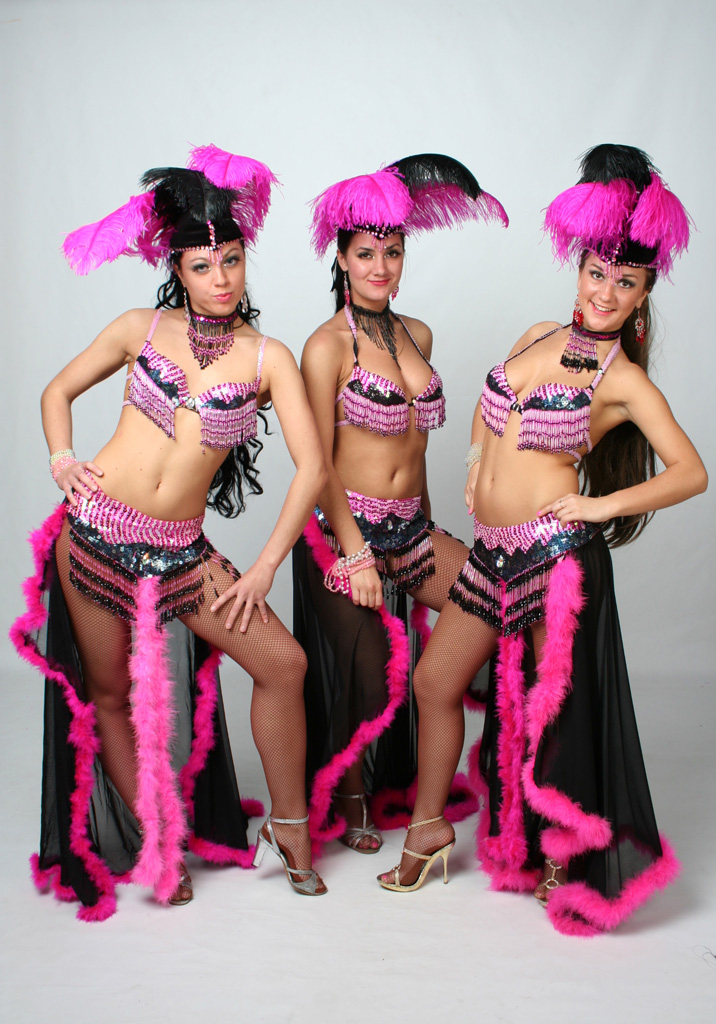
Indeed authentic Merengue can be defined as being everything that is the opposite to ballroom Merengue dancing. There is as much similarity, or should we say dissimilarity, between the two as there is between, say, Argentine Tango and Ballroom Tango.
The concept of eight count step patterns, executing turns in say four or eight steps is alien to dancing authentic Merengue. The turns are executed in as many steps as the partners so choose without any thought to the number of steps.
The emphasis in authentic Merengue is to go with the feel of the music, the partnership, improvisation, and the mood of the occasion, rather than style, what look good to others, and established patterns.
If there are some themes, it is that when dancing simple steps, the dancers dance in closed hold, while when making walking turns, the dancers open to a two-hand open hold with both hands held overhead when making the turn. What follows is either a reversed turn in order to unwind, or a pretzel-like hand movements that take advantage of the twisted hand hold in which the partners end after a turn.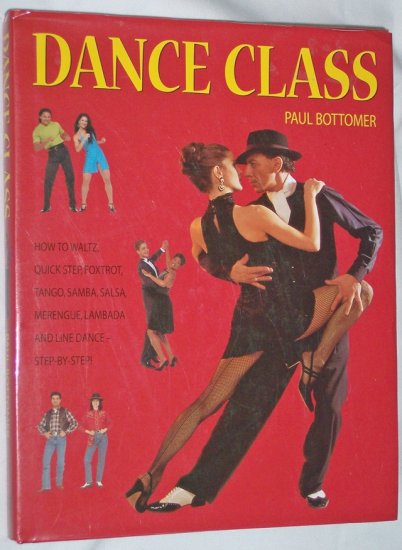
Nightclub Merengue
Paradoxically, it is Merengue's relaxed, unrushed, step movements that allow dancers to execute complex pretzel-like patterns that would otherwise require more precision and training than in, say, Salsa or Swing.
Nightclub dancers add complex patterns and dips when dancing Merengue. As with nightclub Bachata, couples sometimes dance the Merengue in very close embrace.
Ballroom Merengue
As mentioned earlier, Ballroom Merengue is more rules based. Instructors tend to spend a fair amount of time and energy in teaching Cuban hip action as an integral part of all Latin ballroom dances. In addition, the emphasis is on posture and fair distance between the dance partners when in dance hold. Ballroom Merengue has not captured the imagination of ballroom dancers as has Mambo, Cha-Cha and Rumba. Therefore, Merengue music is played sporadically, if at all, during ballroom dances.
Basic
| Merengue Dancers |
The basic Merengue step is taking small steps to the side with the partners holding each other in closed dance position. The closed dance position is danced in open embrace or if the couple so desire in close embrace.
The closed dance position is danced in open embrace or if the couple so desire in close embrace.
The side step basic is called paso de la empalizada or stick-fence step. Ballroom dancers may call it a chasse, the chase (with one foot chasing the other to the side). Even though dancing in closed dance hold is called Merengue de saln, or dance hall Merengue, it is nevertheless a spot dance and the side steps are very small. Dancers must always take care not to invade the dance space of others.
This is done by gently turning the side walking step, or even turning gently in one spot.
Solo turns (one partner turning) are sparing used in Merengue. When they are used, the solo turns are gentle walking two-hand or one-hand turns. Two-hand turns can result in complicated figures - a style called figure Merengue or Merengue de figura.
After its introduction in the Dominican Republic, Merengue music remained controversial and relegated to the lower classes and Dominicans of African origin until the 1930s when dictator Rafael Trujillo used Perico Ripiao (a style of Merengue music) bands playing Merengue music for his presidential campaign.
Later, a wealthy member of the upper class the capital, Santiago, commissioned one Luis Alberti a write compose a Merengue song for a daughter's fifteenth birthday. The result was Compadre Pedro Juan a song that became so popular, it became a Merengue anthem.
Merengue Ensemble
| Merengue Ensemble |
A typical and simple Merengue ensemble is called a conjunto tpico. The instruments used by a conjunto tpico when playing Merengue music, are a diatonic accordion, a two sided drum called a tambora held on the lap, and a gira. The gira is a home-made percussion instrument made from a sheet of metal perforated with a nail and then rolled into a cylinder. The gira is brushed with a stiff brush on the downbeat with an and-a or a more complex movement added for variation or emphasis at certain points.
The ensemble gives way to bands and orchestras with the addition of instruments such as a saxophone, piano, timbales, hi-hat, conga, and electric bass guitar.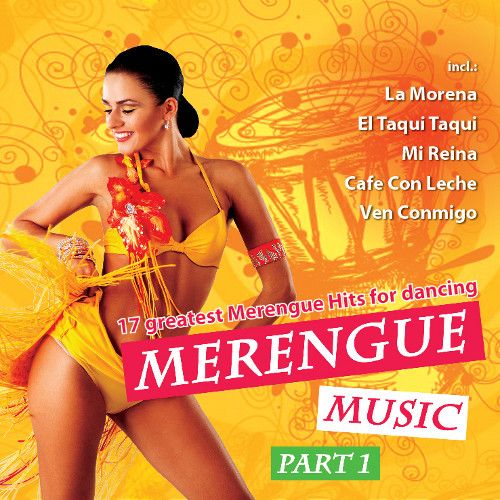
Johnny Ventura
| Johnny Ventura |
World famous Merengue singers include Cherito, Miriam Cruz & Las Chicas Del Can, Los Hermanos Rosario, Juan Luis Guerra, Wilfrido Vargas, Sergio Vargas, Johnny Ventura, Kinito Mendez, Ravel, Josie Esteban y la Patrulla 15, Pochy y su Cocoband, Fernando Villalona, Cuco Valoy, The Freddie Kenton Orquestra, Elvis Crespo, Hector Acosta, Los Toros Band and Conjunto Quisqueya, Julian, Too Rosario, Aguakate, and Amarfis. Milly Quezada is known as the Queen of Merengue. Puerto Rican Merengueros include Elvis Crespo, Olga Taon, Grupo Mania, Limite 21.
Where to start learning to dance merengue
Incendiary merengue is sometimes called rock and roll among Latin American dances. The social version of this dance is still very popular, despite the existence of salsa, which absorbed the best movements performed to Latin American music. In merengue, the simplicity of learning and the groovy rhythm captivate. For those who decide to get to know each other better, we will tell you how to start learning the merengue dance.
For those who decide to get to know each other better, we will tell you how to start learning the merengue dance.
Study of the medical record
Flip through your medical history before you start learning the basic merengue steps. People who have had cancer are not recommended to learn this dance. Dancing is also contraindicated in chronic radiculitis, neuralgia, pinching, arthrosis and arthritis, tumors, inflammatory processes, diseases of the lymphatic and hormonal systems. Merengue is a mobile dance, so if you have any problems with your feet (spurs, adhesions, etc.), refrain from practicing.
Basic steps
The basic merengue step is simply called "march". It is performed for each count in the dance (and there are eight of them) and really resembles a march, but only very exotic in the Latin style. The initial mastering of this step will take you 15-20 minutes, then you can move on, for example, to “rock step”. We remind you that even simple basic steps need to be worked out for 10-15 minutes each session in order to form muscle memory.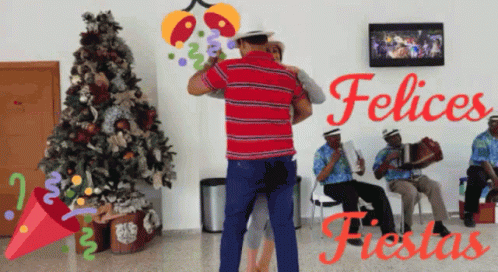 The march will again be needed when learning simple turns, so do not neglect it. You can find a complete cycle of merengue basic steps on our website. They will come in handy for you to develop technique, even if you get all the basic information in the club from your instructor.
The march will again be needed when learning simple turns, so do not neglect it. You can find a complete cycle of merengue basic steps on our website. They will come in handy for you to develop technique, even if you get all the basic information in the club from your instructor.
Choice of motivation
The most important thing in learning to dance is the right motivation. It is the spark of desire that brings one to practice. It will be easy to maintain interest in merengue at first, but the more you dance, the closer your goal will be to be able to dance merengue. As soon as you reach it, interest in classes may disappear. Therefore, we recommend that from the very beginning of training, come up with such a motivation or goal that will keep you interested in dancing for a long time (otherwise, all your work will be in vain when your need to dance evaporates).
Like-minded people and accomplices
Learning to dance merengue is more interesting and faster in a group of like-minded people. Just starting to go to class or learning the basic steps at home from video tutorials, many people feel some form of loneliness. As a result, laziness appears, flowing into skipping classes. The thing is that we were brought up in a collective environment and poorly accustomed to doing something on our own. On the other hand, joint training with friends creates the effect of collective activity.
Just starting to go to class or learning the basic steps at home from video tutorials, many people feel some form of loneliness. As a result, laziness appears, flowing into skipping classes. The thing is that we were brought up in a collective environment and poorly accustomed to doing something on our own. On the other hand, joint training with friends creates the effect of collective activity.
Home practice and improvisation
If in doubt, start learning merengue at home, on your own or with a partner. After a while, you can try attending a Latin dance party or a local merengue evening. It is especially worth going to such an evening if you have not yet found a partner. Such events are held in all cities where there are schools of Latin American dances.
If you are already practicing merengue in some of the dance clubs, improvising at home to merengue hits will help you loosen up and improve your technique. At the beginning of training, it is better to spend at least 10 minutes improvising at home every day (that's 1-2 songs) and you will notice that you dance much better than many in your group.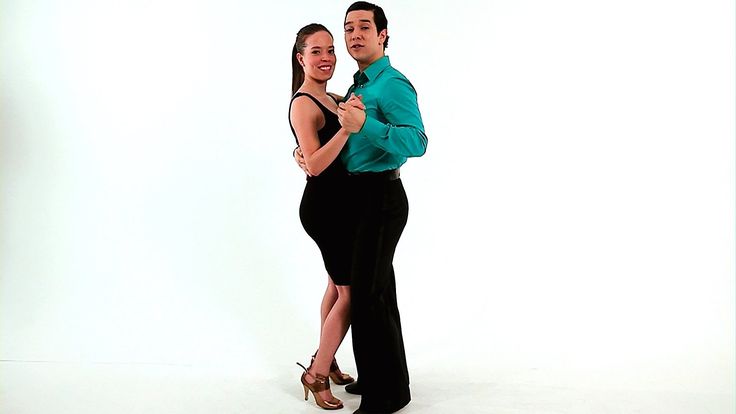
Latin American passions
Spectacular salsa, romantic bachata, incendiary merengue… you watch dancing couples, and it seems that it is impossible to force yourself to move in the same plastic way. It's good that it only seems!
SALSAmania
Dance, rhythm, swing, spark, attraction, passion, fire, energy, the pulse is going through the roof - this is how you can try to describe one of the most popular Latin American dances - salsa, which translates as "spicy sauce". And in fact, the dance is thoroughly saturated with flirting, sharpness of feelings and sensations, so people in all parts of the world are now covered by “salsamania”.
First dance step
The first thing to do is to choose one of the many dance schools. Choose according to a convenient schedule, location, and most importantly - according to the mood in the classroom. During the week, attend several trial classes at different schools. They do not oblige you to anything - classes are somewhere free, somewhere for symbolic money.
They do not oblige you to anything - classes are somewhere free, somewhere for symbolic money.
Mastery
Despite the apparent complexity of the dance, after 3-5 lessons, students begin to delve into the basics of rhythm, steps and simple movements. More and more immersed in the music and movements of salsa, students enjoy communication first of all. Those who have mastered the basic step, basic movements, gained confidence and "fluttered" to parties and conventions, understand that there are no limits to perfection, and continue to study salsa styles, of which there are a great many.
Soul version
Gentle bachata is responsible for the romantic mood at all Latin American parties. The multifaceted dance is similar to the intricate game of partners on the dance floor, where side passages and “throwing” the girl are used, adding spectacularity and passion. The art of bachata is the ability to improvise. A man can show strength and masculine grace, while revealing the femininity and plasticity of his partner.
Dance Monday
It's quite common to catch people dancing on a weekend night, but not on a Monday. But it turns out that in Paris, London and New York there has long been a tradition to arrange salsa parties on this “hard day”. Now the Latin American fever has seized St. Petersburg as well. The goal of salsa and bachata classes is parties where you can show off your best and have fun.
Where: the most popular salsa party takes place every Monday at the J. Walker Club on the Griboedov Canal, 36. There is a feeling of complete freedom: bohemians and businessmen, students and teachers - all vigorously wiggle their hips to the incendiary music and to the instructor's strict score: once , two, three, cha-cha-cha, one, two...
Dancing together. Take up dancing with your soulmate - they will help you reveal your partner on the other side after just a few lessons. You will understand that the word "ordinary" does not exist for you.
No one to dance with
If there is a desire to dance, but there is no couple, do not wait - start! At first, you still have to work out the movements alone, and by the time of the pair dances, there will be a partner. Many have found their happiness in their personal lives this way. The love of dancing unites people in families. On the eve of Valentine's Day is worth thinking about. The main thing when dancing, do not forget about your innate charm, sparkle in your eyes and smile.
Cuban style
These two dances are united by the fact that they are built on the improvisation of a partner led by a partner, which means that two complete strangers can dance together without any preparation. Just don't forget, as the Cubans themselves say, "echale salsita!" ("add a spark!"). And they also say that the whole world dances their dances to learn from the Cubans to have fun. And this is absolutely true. We, the inhabitants of a cold and inhospitable climate, have completely forgotten that all you need for entertainment and fun is music, excitement and a smile.